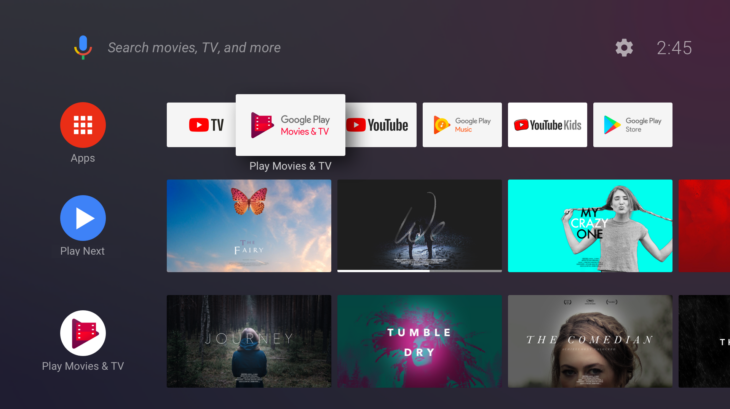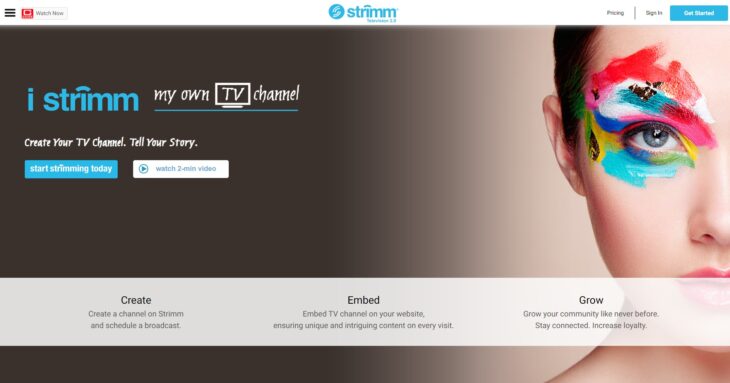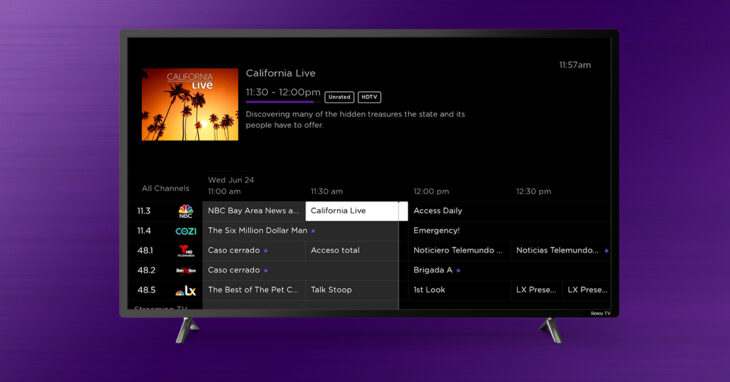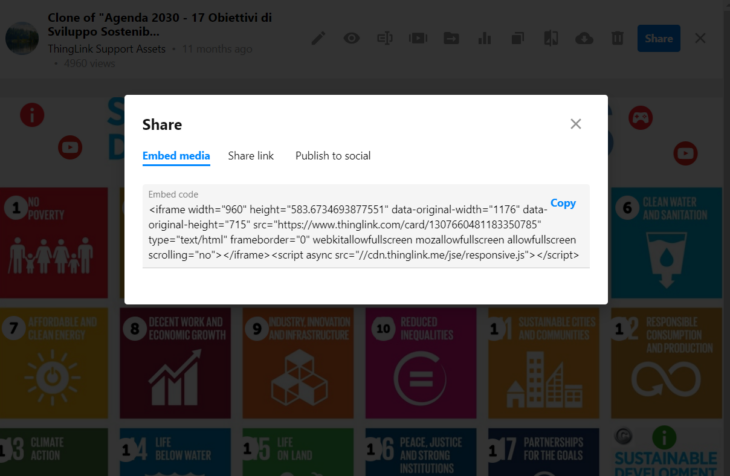Ever wanted to have a TV channel on your website? Well, if you did – you can. Quite easily.
Embedding your website with a TV channel has never been easier, and many people are starting to realise this. And, as is always the case, it is much better to adapt something early than wait for it to become mainstream.
What we want to talk to you about today is not only how you can embed a TV channel on your website but also why you should do it in the first place.
If that sounds interesting, stick around for a few more minutes as we’re about to embark on a journey that might just transform your website in ways you never thought possible.
Let’s begin!
Contents
What Is Video Embedding?
Before we get into this, we wanted to start things off with some basics. So, the first question we need to be answered is – what is embedding?
Think of embedding, in this case, video embedding, as simply pasting video content from one source to another through an online video platform. Now, why did we say pasting? Well, because in ninety-nine out of a hundred instances, embedding an online TV channel to your website is as simple as copying and pasting a link.
You won’t have to know how to code or anything similar, as most of the platforms offering these services have done all the work for you. So, the only thing left for you to do is find the content you want and turn a portion of your website into an internet TV broadcasting station.

Source:
Is It The Same As Video Hosting?
No. While the output of content might look and feel the same to a viewer, embedding a TV channel to your website is not the same as hosting it.
The core difference between the two lies in the source.
With video embedding, the source stays in the original place, and you’re just pulling content from the original source and streaming it on your platform or a website.
As for video hosting, you would also use a separate platform that would enable you to do this, but instead of the content being in the original place, the content would be stored at a hosting platform.
In this particular example, with video hosting, you’d virtually have to create TV channels that you’d want to use, while with video embedding, you’d just use already existing linear TV broadcast.
Why Would You Want To Embed A TV Channel On Your Website?
Before we get to the actual how-to, we have to answer just one question – why would you want to embed a TV channel on your website? Isn’t linear TV losing to streaming platforms?
Well, the answer is actually no. It’s not losing. Despite what you might hear from various sources, according to official research and statistics provided by Nielsen in their Total Audience Report, linear, live-broadcast TV is actually more popular than it was a year or even two years ago.
In fact, if you take a look at Nielsen statistics, 85% of average adults have spent exactly 20 minutes each day consuming video content through their smartphones or tablets – which is a lot. However, over 80% of average adults have spent over 30 minutes (30 minutes 46 seconds to be precise), each day, consuming video content through live, linear online TV platforms. That’s almost a 35% difference in favour of the “dying” medium.

Source: economictimes.indiatimes.com
So, no, linear TV isn’t dying or going away any time soon.
But, what does this mean for your website from a business standpoint?
Well, there are many benefits to embedding a TV channel on your website, but the two of the most significant advantages are attracting an audience and innovative video marketing.
Attracting an audience means attracting business which means more money in your pocket. And, as we’ve just seen, people are already drawn to linear TV, so you have your answer for this one.
As for the marketing campaigns, as anyone who has ever tried to launch a successful business or a website will tell you – you can never market yourself enough. And, if you take a look at current market trends, both in marketing and in general – everything’s video-oriented. It’s not just TV. There are TikToks, Reels, YouTube, and all these other video-making and sharing platforms that are producing millions of hours of video content each day – and the consumers are swallowing it all up.
Why? Because we love shiny, moving pictures. We always have, and we always will.
How To Embed A TV Channel On Your Website?
As we said, embedding a TV channel on your website is child’s play, and if you don’t believe us – here’s a step-by-step guide.

Source: developer.android.com
1. Choose A Platform
The first and inarguably most crucial step is to choose a reliable platform. While there are many options, when it comes to actual online TV streamlining, not every single one is the same. As we mentioned, some platforms are better for linear TV streaming, like Strimm TV, while others are better for a different kind of video content.

Source: Strimm.com
The reason why you want to take your time when choosing a platform is that this will be the source of your internet TV for your website. Everything will rely on it. So, choose wisely.
2. Create A Live Channel
Next up, you’ll want to set up a live channel on a platform of your choosing. Most of the time, this will be as simple as clicking on an “Add” button, browsing through TV channels, and selecting the desired one.

Source: roku.com
3. Generate An Embed Code
Once you’ve selected the online TV channel of your choosing, it is time to create TV channel embed code you’d use on your website. Apart from sounding tricky – there’s nothing tricky about generating a code like this one since the platform will do it for you. All you’ll have to do is go to “Settings” or “Edit”, find a “Share” tab, and copy the embed code.
4. Paste The Embed Code
Remember when we said this was as simple as pasting content from one place to another? Well, as you can see – it is exactly like that. Once you’ve generated and copied an embed code, all that is left for you to do is to paste the embed code to your website’s code and voila – you have yourself a live TV broadcast on your website.

Source: support.thinglink.com
Conclusion:
Alright – we’re done for now.
We hope we’ve done an adequate job of showing you how you can embed a video to your website, but we also hope we made it evident that not only is this an easy thing to do – but also a smart thing to do.
What you want to do with this newfound knowledge is entirely up to you. We only hope we made it easy for you to act on it if you choose to.
